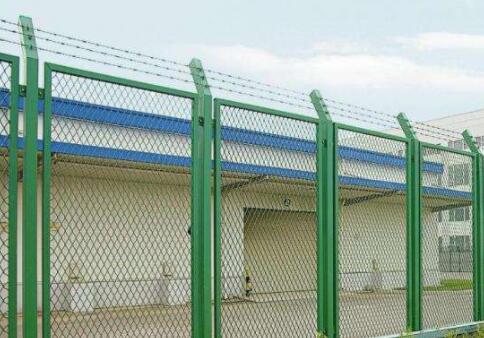Understanding Wire Cloth Mesh Screens
Wire cloth mesh screens are versatile and essential materials used in various industries, including construction, manufacturing, and environmental applications. Composed of interwoven wires, these screens have a myriad of applications due to their unique properties and adaptability to different environments.
What is Wire Cloth Mesh?
Wire cloth mesh refers to a fabric-like material formed by weaving metal wires together. The resultant mesh can have various hole sizes, thicknesses, and material types, providing a wide range of functionalities, from filtering and sieving to providing structural support. The primary materials used for wire cloth are stainless steel, carbon steel, aluminum, and brass, each chosen based on specific properties suitable for their intended application.
Applications of Wire Cloth Mesh Screens
One of the most common uses of wire cloth mesh screens is in filtration systems. Industries such as petrochemical, food processing, and pharmaceuticals rely on these screens to separate solids from liquids, ensuring product purity and compliance with safety standards. The size of the mesh openings can be customized to capture different particle sizes, making them an integral part of various processing operations.
In construction, wire cloth mesh screens are extensively used for reinforcement in concrete applications, as well as for safety barriers and guardrails. They provide structural integrity while allowing for drainage and ventilation, critical in construction and civil engineering projects. The strength of the wire and the mesh design ensure that they can withstand significant stresses while maintaining their shape and functionality.
wire cloth mesh screen

Wire cloth mesh is also prevalent in environmental applications, particularly in landscaping and erosion control. Used in silt fencing and sediment control, these screens help filter out silt and sediment from water run-off, thereby improving water quality in surrounding environments. Furthermore, wire cloth is used in wildlife management applications, such as creating barriers to protect crops from animals or allowing smaller animals to pass through while restricting larger ones.
Customization and Versatility
One of the remarkable features of wire cloth mesh screens is their ability to be customized for specific applications. Manufacturers can produce screens with varying wire diameters, mesh sizes, and material coatings. For example, screens intended for corrosive environments can be coated with protective finishes to enhance durability. Moreover, mesh screens can be fabricated into various shapes and sizes, depending on the customer’s requirements, making them adaptable to a wide range of uses.
Maintenance and Durability
Maintenance of wire cloth mesh screens is relatively straightforward, making them a cost-effective choice in many applications. Regular cleaning is often enough to maintain their functionality, especially in filtration applications where clogging can impact performance. Depending on the material used, these screens can offer high levels of corrosion and wear resistance, ensuring a long service life even under harsh conditions.
Conclusion
Wire cloth mesh screens are essential components in numerous industries, offering versatility, durability, and efficiency. Whether used for filtration, construction, or environmental protection, their customizability allows them to meet specific application needs effectively. As industries continue to evolve, the demand for innovative and reliable materials like wire cloth mesh screens is likely to grow, making them an integral part of modern manufacturing and engineering solutions. Understanding their properties and applications can help industries leverage these materials for improved performance and sustainability in their operations.

















